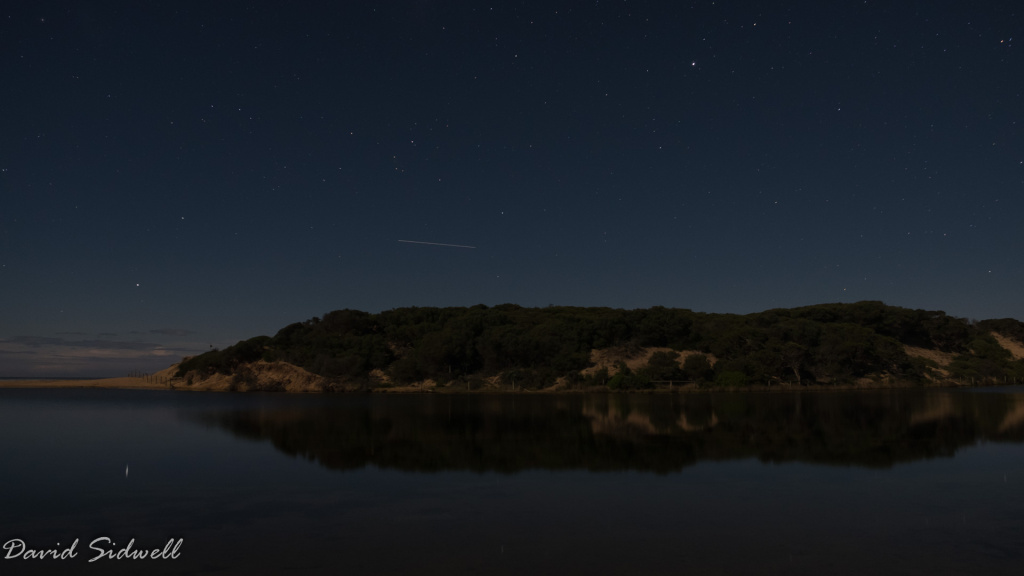As in scientific units of measurement. Some of them still puzzle me to this day.
How Bright Things Are In The Sky
The magnitude of something is basically the size of it. So, if I asked you to go outside tonight and look at a specific star which has a magnitude of 4, you’d think it would be brighter than one with magnitude 2? 4 is larger, in size, than 2.
Well, two quick – and surprising – things:
- The magnitude 4 star would probably be too feint to be seen from suburbia
- The magnitude 2 star is brighter than the 4 and should be visible
Yep, the astronomy magnitude scale is backwards from a common sense viewpoint; the brighter the object, the smaller the number.
But it get’s even more strange interesting. It goes negative.
As usual Wikipedia gives the reasons and maths. It’s an old scale (c 1856) and looks like it’s here to stay.

Calories : Which Ones?
Speaking of old scales…this unit of energy is interesting. It’s not ‘metric’ so not used much here in Australia these days.
There are actually two different ‘calories’ – with the same name – and you have to pay attention to which one you are using.
Science/Physics one: One calorie is how much energy is needed to raise 1 gram of water by 1 degree C. This would be the the ‘old’ units of the E value in the equation E=mc2
The Food one: One calorie is the amount of energy to raise 1 kilogram of water by 1 degree C.
So the food one is 1,000 time bigger than the science one. The convention is to use the case to say which one you mean. Science one is a calorie; Food one is a Calorie. Bit hard to speak the difference (they sound identical), so they might say food calorie or even kilocalorie (for food ones)
Imagine if we had that for distance. I could say “I am just under 2 metres tall and that skyscraper is just under 2 metres tall”. But spell them, 2 metres and 2 Metres, respectively.
As I said, we’ve moved to metric so with Joules (and Kilojoules etc) there’s no issue.
As an aside, from what I can see the base unit of Joule is so tiny, it’s the only metric base unit that isn’t on the ‘human relatable’ scale. You can picture – and relate to – 1 metre, 1 gram, 1 degree C. The smallest unit we use – day to day – is 1000 Joules (1 KJ)
Bits and Bytes
We still have a similar problem with I.T. things. Data rates particularly. A bit is 8 bytes, but both begin with the same letter. Your ’50’ NBN connection is 50 Mbit/s ; 50 Megabits per second. Mega here meaning the metric 1 million. I think lower case b is bits and uppercase B is Bytes.
In the old days the providers would use Mbit/s (even the smaller Kbit/s) as it was 8 times ‘bigger’ than MB and so looks better on the marketing material; NBN 50 is ‘only’ 6.25 MB/s…
Metric Time, Metric Angles/Circles?
I’ve often pondered if we as a civilisation had our time again – or could do a massively disruptive reset – would be make time metric?
The Day is basically fixed by one rotation of the Earth’s on it’s orbit around The Sun. So instead of 24 hours, maybe break it up into 10 units, making it a deci-day or deciday (dd)?
Or maybe break a Day up into 100; a centi-day or centiday (cd)? Of course the beauty of metric is that 10 cd is 1 dd, so you can pick whatever one you wish.
Maybe the same with Angles/Circles? Instead of 360 degrees, define a circle as being 100 centi-circles (cc? no can’t use that!, cs?) That would, by definition, change navigational Latitude and Longitude as they are actually angles (more on this later)
I’m 99% sure I’m not the first to ponder these changes. And 100% sure it won’t happen.
